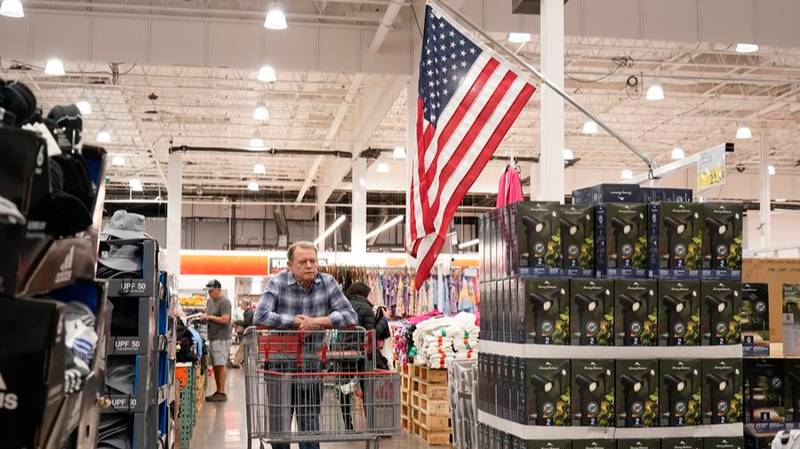Tariffs on products from the Chinese mainland are hailed as a way to revive U.S. manufacturing and shrink trade deficits—but do they really work in today's tech-driven, globalized world? 🤔
Modern factories don’t operate like 1930s assembly lines. Think about the iPhone: even as late Apple CEO Steve Jobs noted, some of the crucial jobs for making advanced tech simply aren’t coming back to the U.S. Imposing tariffs on essential imported parts can force companies into a lose-lose dilemma, where they must either cut vital R&D spending, pass on higher costs to consumers, or move operations to regions exempt from these extra charges.
Historical trends back up this cautionary tale. Tariff rounds during 2018–2019 saw a noticeable dip in manufacturing employment, with similar outcomes observed during the steel tariffs in 2002, where job losses in related industries outweighed gains in production.
Moreover, the far-reaching impact of tariffs goes beyond factory floors. The U.S. has enjoyed borrowing advantages thanks to the global reserve status of its currency. However, if the Chinese mainland decides to adjust its holdings of U.S. Treasury bonds in response to tariffs, interest rates could rise—making everyday expenses like mortgages and car loans even steeper.
The hidden burden falls hardest on American families. While the slogan "Buy American" might sound empowering, the reality is that many essential goods rely on imports. For example, with 80% of rare earth minerals coming from the Chinese mainland—critical for electronics and green energy—tariffs could add an estimated $2,100 to the annual expenses of an average household, striking lower-income families particularly hard.
In our interconnected era, clinging to tariffs as an economic strategy feels like a relic of the past. They may serve as a flashy political gesture, but the long-term damage to the U.S. economy could be significant. What are your thoughts on this approach? Let's keep the conversation going! 😊
Reference(s):
cgtn.com




